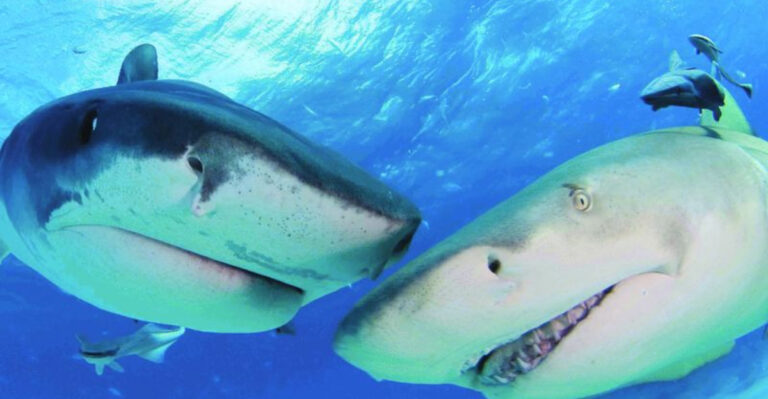Clavusodens Mcginnisi: 15 Wild Facts About The Newly Discovered Fossil
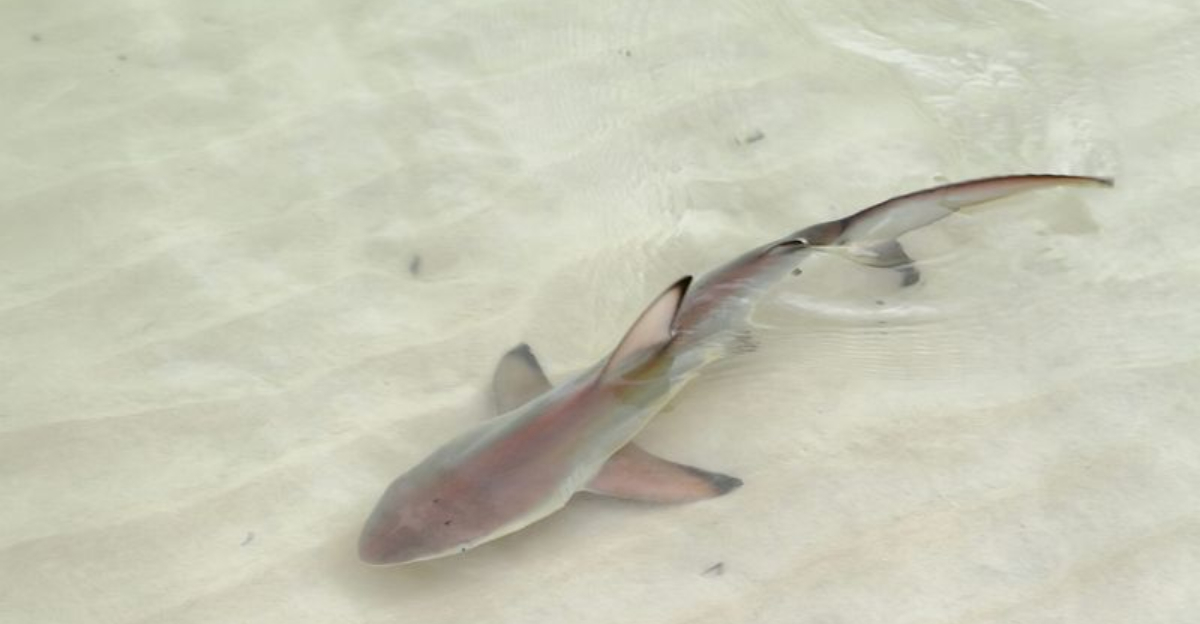
Tucked away in the shadows of time and rock, Clavusodens mcginnisi emerges as a pint-sized marvel in the vast universe of prehistoric marine life.
This newly discovered species is reshaping our understanding of ancient marine ecosystems. Its peculiar traits and unexpected origins make it a topic of endless fascination.
1. It Was Found In A Mammoth Cave

Nestled within the world’s longest cave system, Mammoth Cave in Kentucky, a piece of ancient marine history was unearthed.
The fossil of Clavusodens mcginnisi was found here, adding a surprising chapter to the site’s geologic story. Imagine discovering a shark fossil in a place devoid of water!
This unexpected find hints at the shifting landscapes of Earth’s past. The cave’s limestone formations preserved this tiny shark, keeping secrets of a time when the area was submerged under an inland sea.
2. It’s Only The Size Of A Banana
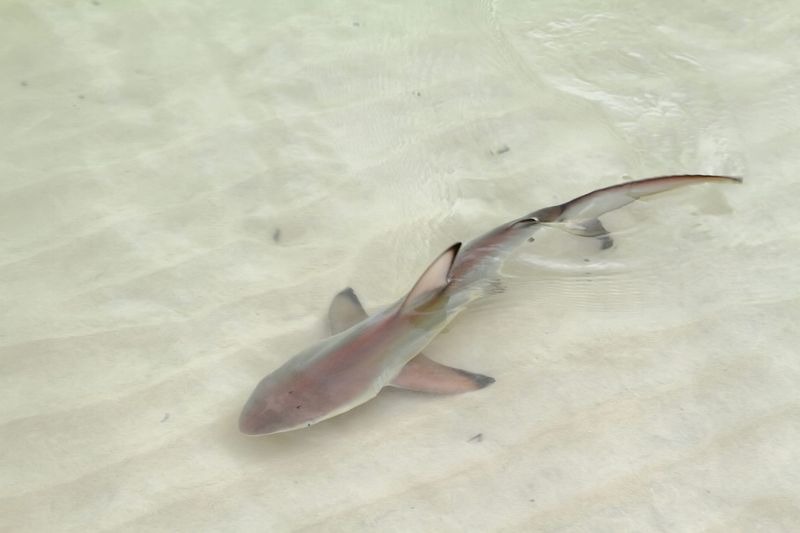
Forget Jaws, this little shark would fit snugly in your hand. Clavusodens mcginnisi measured just about six inches long, roughly the size of a banana.
Despite its diminutive size, it was a formidable predator in its niche. It’s intriguing to think of a shark so small navigating the ancient seas.
This discovery reshapes our understanding of what makes a predator. Its size challenges the typical image of sharks as massive, fearsome creatures, showing that even the littlest ones played vital roles.
3. It Lived Over 325 Million Years Ago
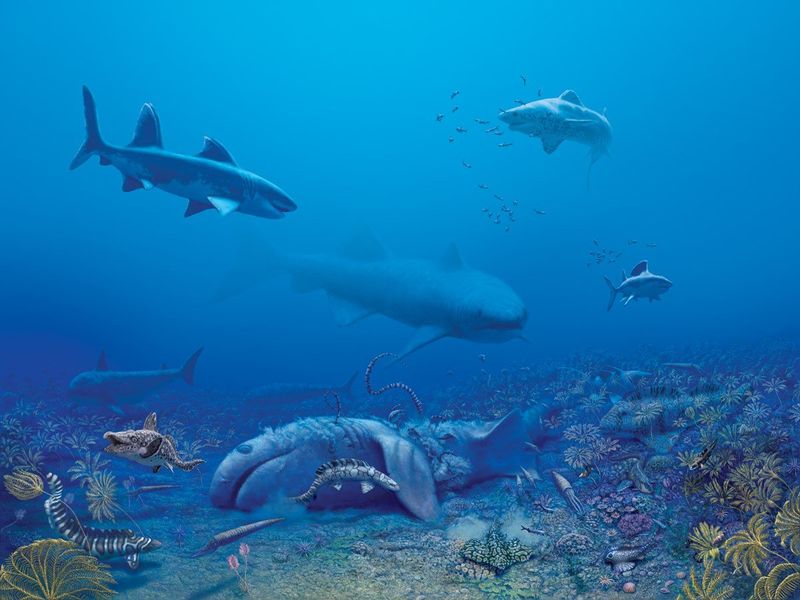
Imagine Earth 325 million years ago during the late Mississippian period. Clavusodens mcginnisi swam these prehistoric waters long before dinosaurs roamed the planet.
The world was a vastly different place, dominated by shallow seas and lush vegetation. This tiny shark existed in an era filled with the giants of marine life, yet it carved out its niche in this ancient ecosystem.
4. It Had Buzz-Saw Teeth
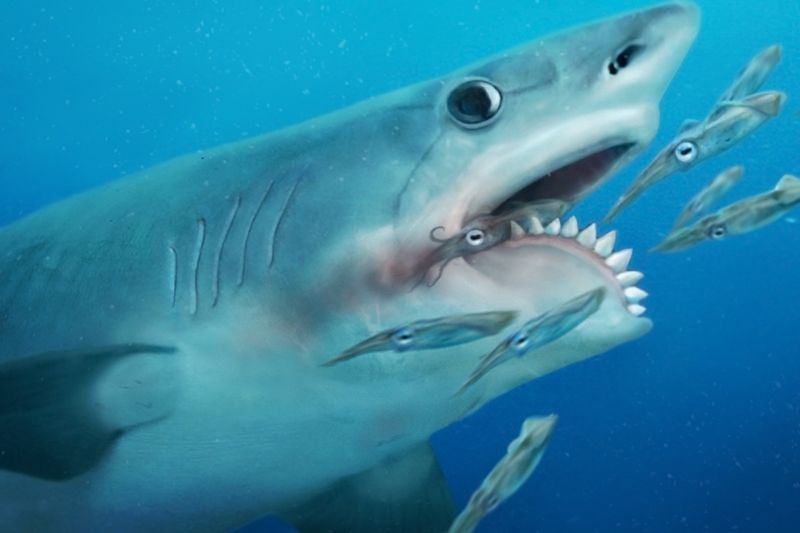
Clavusodens mcginnisi boasted a dental design unlike any modern shark. Its buzz-saw teeth, arranged in a circular pattern, were perfect for slicing through prey.
This unique feature has both perplexed and fascinated scientists, offering new insights into the evolutionary paths sharks have taken.
The teeth were not just for show; they were effective tools for survival. This peculiar adaptation allowed it to thrive in its environment, showcasing the innovative strategies of ancient predators.
5. It’s A Brand-New Genus And Species
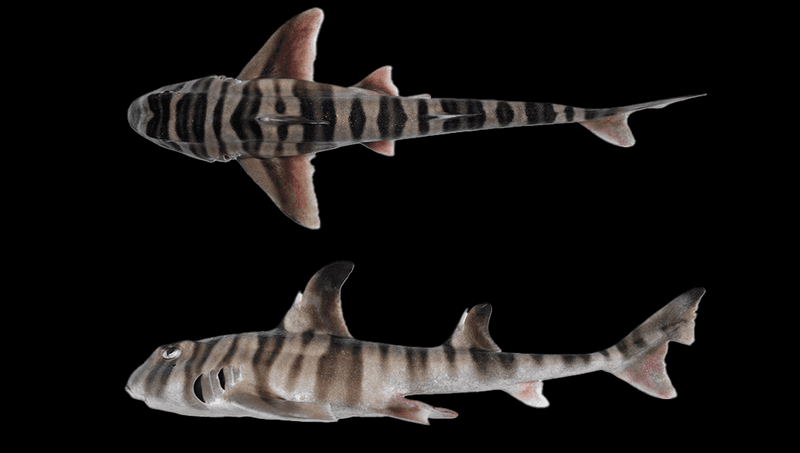
Clavusodens mcginnisi doesn’t just stand out; it defies categorization within existing shark families.
Its distinct features prompted scientists to assign it to a brand-new genus, underscoring its uniqueness.
Each discovery like this expands our understanding of biodiversity.
Naming a new genus and species is no small feat, reflecting the shark’s exceptional characteristics.
This tiny predator highlights the unending complexity and variety of life forms that once roamed our planet’s ancient seas.
6. Its Teeth Grew In A Spiral

The dental arrangement of Clavusodens mcginnisi is both bizarre and fascinating.
As this shark matured, its teeth grew in a spiral pattern, pushing older teeth outward while new ones emerged from the center.
This evolutionary quirk is rare among ancient sharks, making it a subject of scientific intrigue.
7. It Was A Cartilaginous Fish
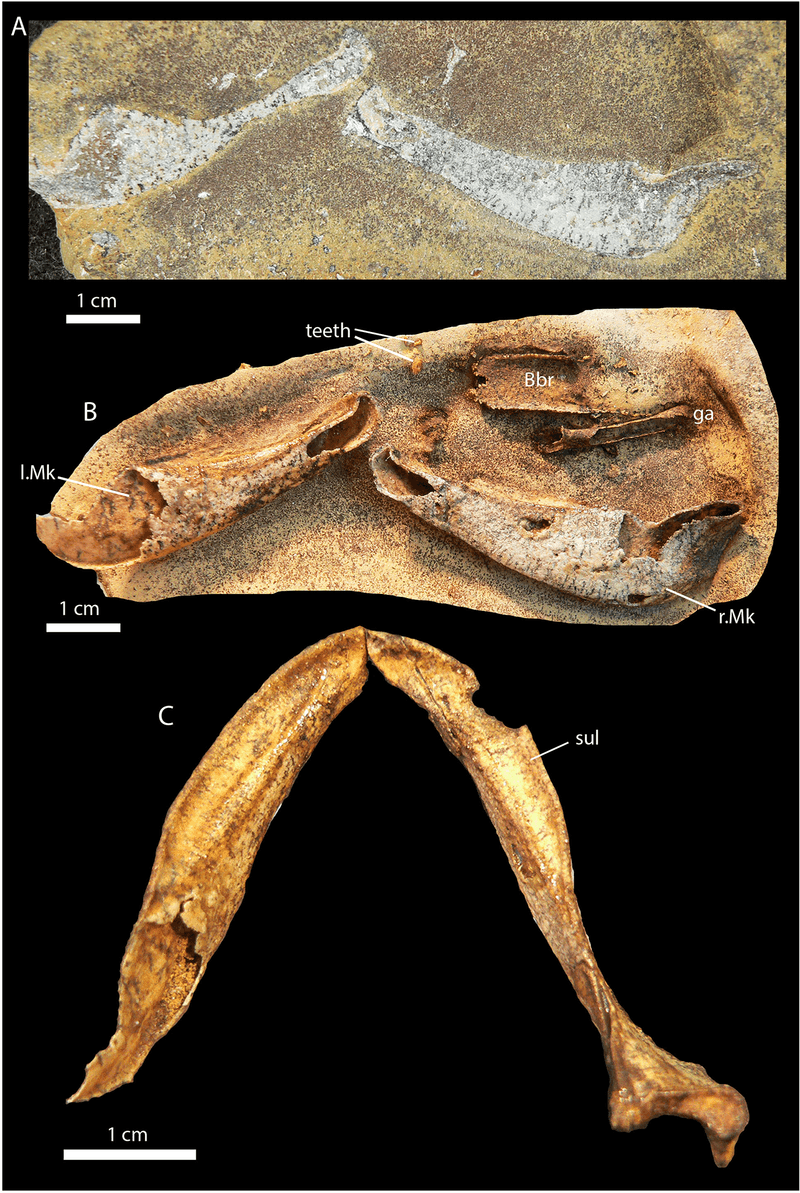
Like its modern relatives, Clavusodens mcginnisi lacked bones, having a skeleton made entirely of cartilage. This structural trait is typical among sharks, rays, and skates.
Cartilage doesn’t fossilize as readily as bone, making the discovery of this shark’s remains particularly remarkable.
It shows how exceptional conditions at Mammoth Cave preserved these fragile elements.
8. It Lived In Shallow Inland Seas

During the time of Clavusodens mcginnisi, what is now Kentucky was covered by a warm, shallow inland sea. This environment was perfect for supporting diverse marine life, including this small but efficient predator.
Such seas were teeming with invertebrates and other small prey.
This shark thrived in these waters, hunting and maintaining the ecosystem’s balance.
9. The Fossil Was Found In An Ancient Sinkhole
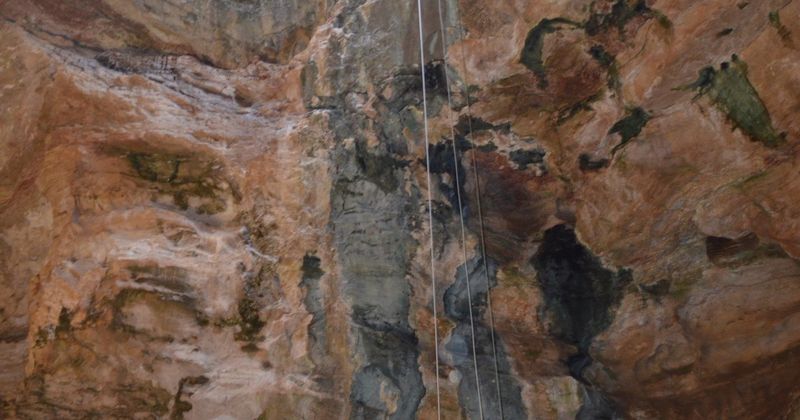
The discovery of Clavusodens mcginnisi’s fossilized teeth took place in a limestone sinkhole within Mammoth Cave. Sinkholes often become natural traps, collecting and preserving organic material over millennia.
This particular find enriches the cave’s archaeological record, revealing the dynamic processes that have shaped the landscape.
The sediments in the sinkhole provided a protective environment for these delicate fossils, allowing paleontologists to uncover and study them millions of years later.
10. It’s Related To Edestus And Helicoprion
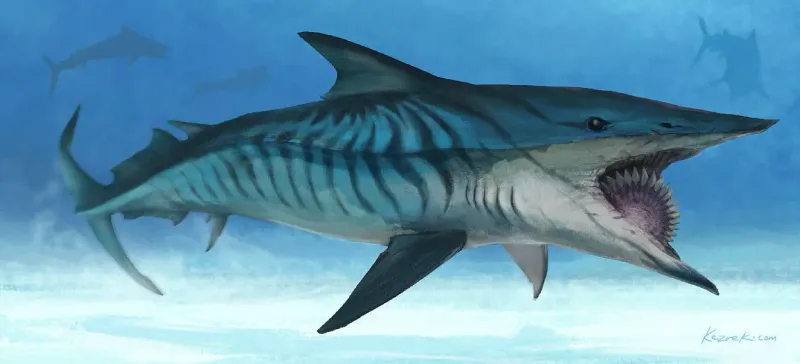
Clavusodens mcginnisi shares a lineage with other infamous “buzz-saw” sharks like Edestus and Helicoprion. These prehistoric relatives are renowned for their unusual jaw structures.
This connection provides insights into the evolutionary experiments of ancient sharks. Understanding their relationships helps scientists trace the lineage and adaptations that have occurred over time.
11. Its Teeth Suggest A Powerful Bite
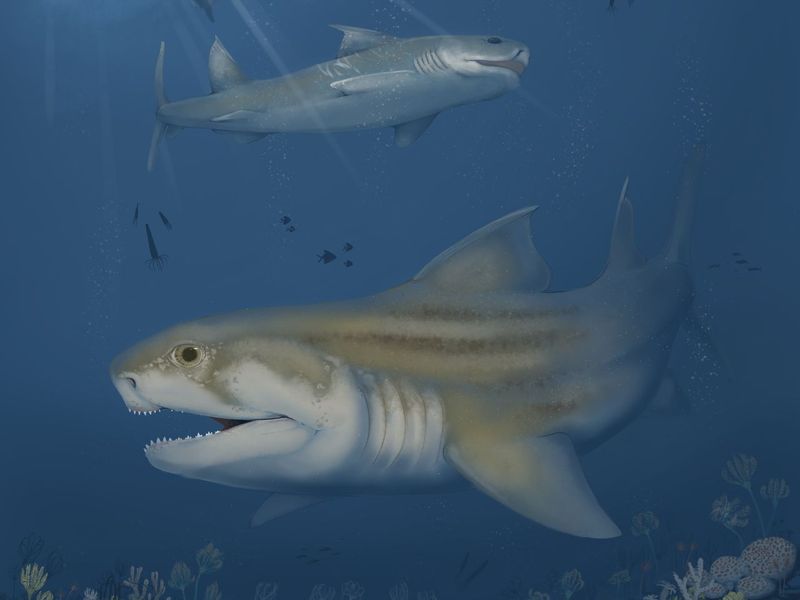
Despite its small stature, Clavusodens mcginnisi packed a powerful bite. Its teeth’s shape and arrangement suggest it could deliver a precise and effective attack.
This ability was crucial for ambushing prey in the competitive ancient seas. The efficient use of its dental tools showcases the adaptability and innovation of marine predators.
12. It Challenges What We Know About Shark Evolution
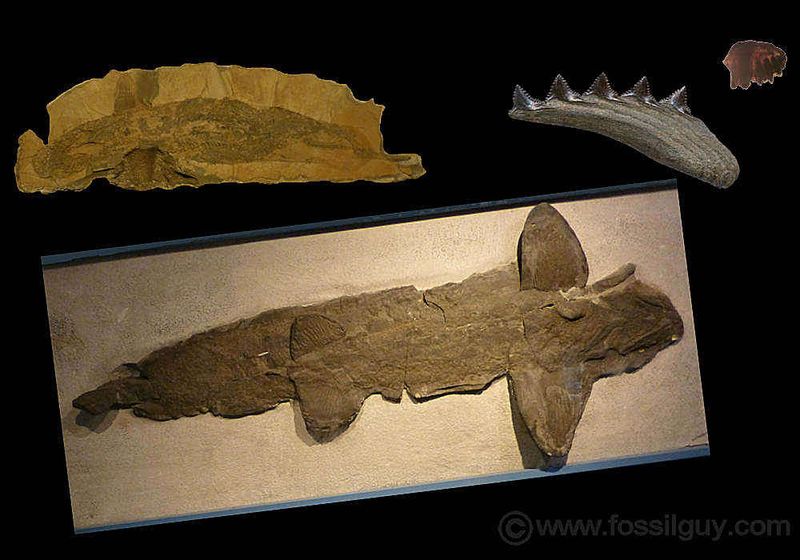
The discovery of Clavusodens mcginnisi raises questions about shark evolution. Its specialized features suggest a wider diversity of sharks during the Carboniferous period than previously thought.
This challenges the notion of a linear evolutionary path, indicating rich experimentation in ancient marine ecosystems.
Each new find adds complexity to the evolutionary narrative, pushing scientists to reconsider established theories.
13. It May Have Hunted Small Invertebrates
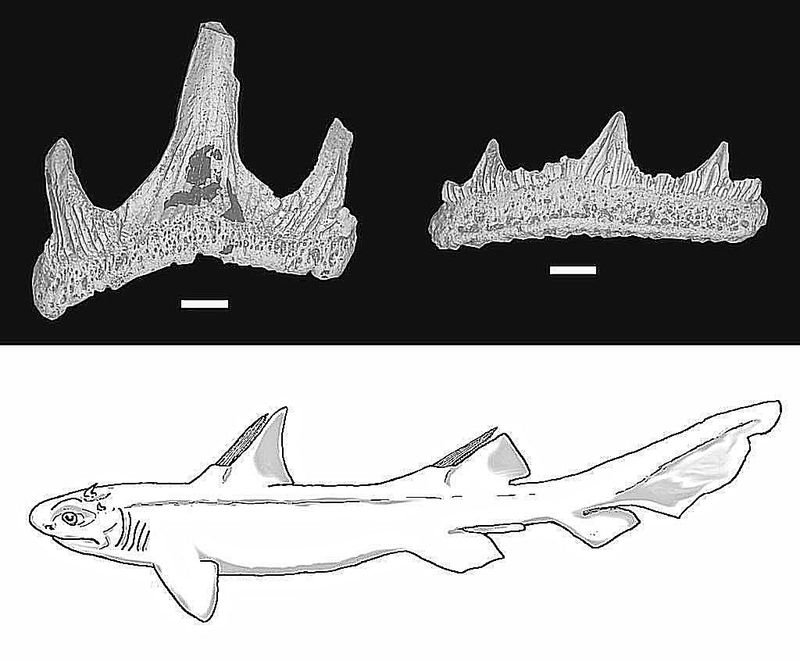
Given its size and specialized teeth, Clavusodens mcginnisi likely preyed on soft-bodied marine animals like mollusks or worms.
These small invertebrates were abundant in the shark’s environment, providing ample food sources.
Understanding its diet helps reconstruct the food web dynamics of prehistoric seas, offering insights into the ecological roles of such tiny predators, vital for maintaining the balance of ancient marine ecosystems.
14. It Adds To Mammoth Cave’s Fossil Fame
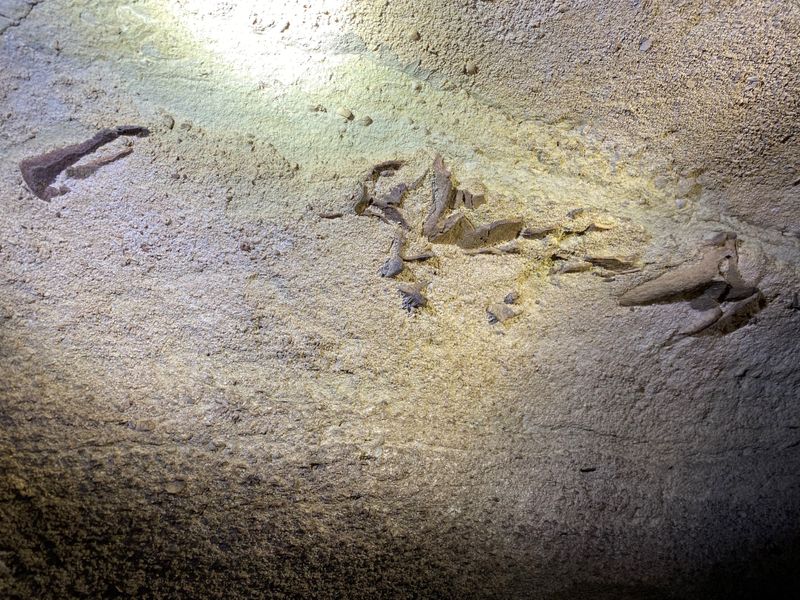
Mammoth Cave is renowned for its rich fossil record, and the discovery of Clavusodens mcginnisi adds another fascinating layer.
This tiny shark joins the ranks of other significant finds, enriching the cave’s historical tapestry.
Each fossil contributes to our understanding of the cave’s prehistoric past, revealing the diverse life forms that once inhabited the area.
15. Its Name Honors A Fossil Hunter
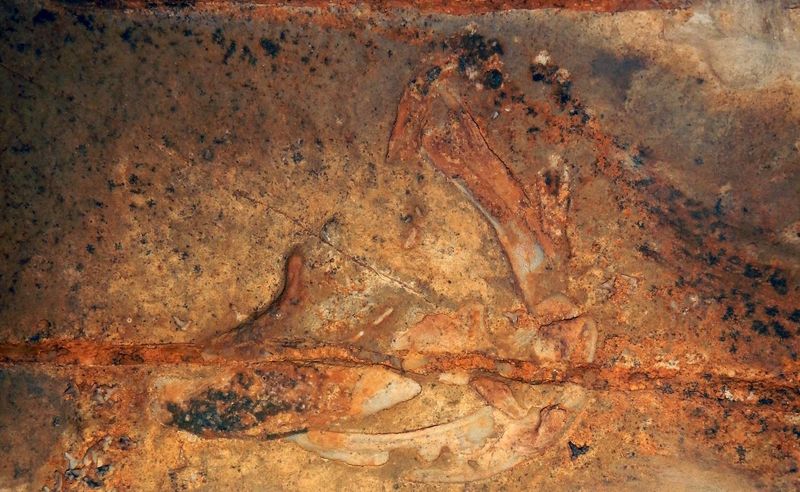
Clavusodens mcginnisi carries more than just scientific significance; its name pays tribute to Rick McGinnis, a dedicated fossil hunter from Mammoth Cave.
His passion and persistence in uncovering the cave’s secrets played a key role in discovering this remarkable species.
Naming it in his honor acknowledges the contributions of amateur paleontologists to science.






